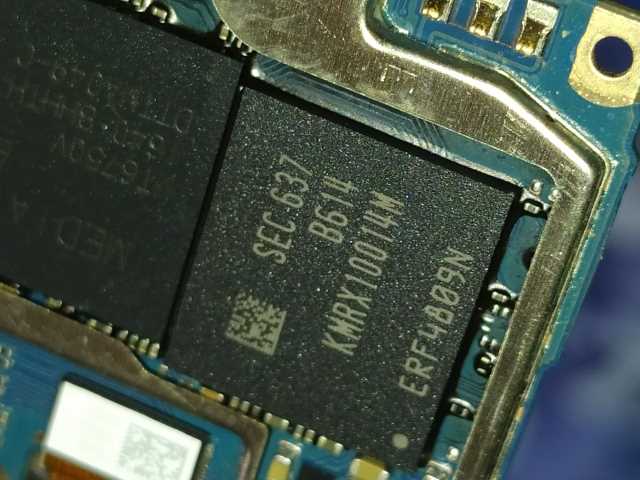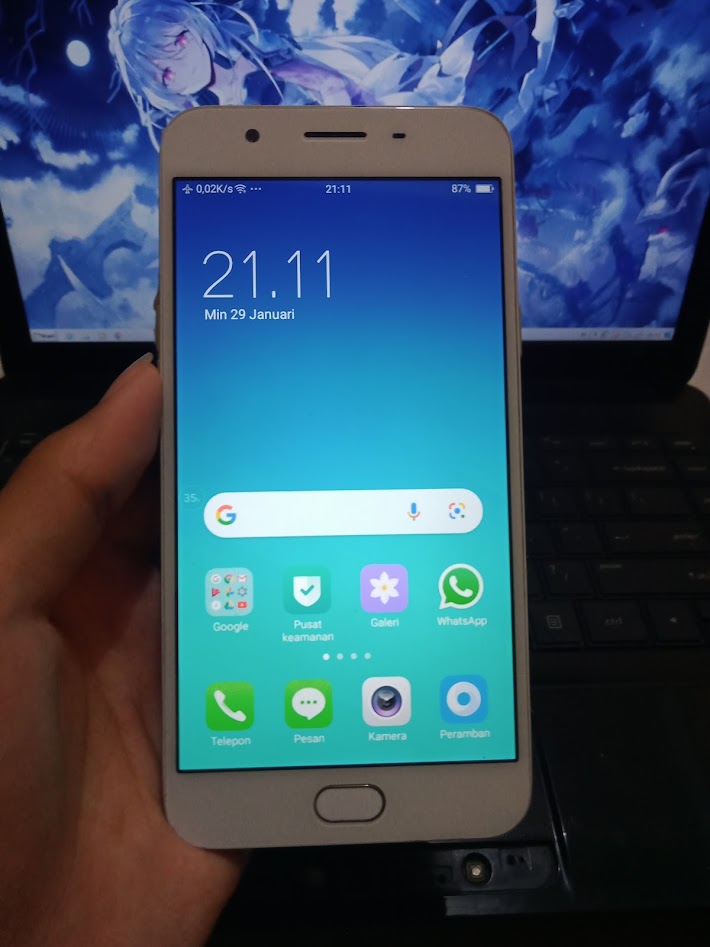Comparing: SanDisk SD9SB8W512G1001 vs Samsung KMRX10014M
In this comparison, we analyze two Disks: SanDisk SD9SB8W512G1001 and Samsung KMRX10014M, using synthetic benchmark tests to evaluate their overall performance. This side-by-side comparison helps users understand which hardware delivers better value, speed, and efficiency based on standardized testing. Whether you're building a new system or upgrading an existing one, this benchmark-driven evaluation offers valuable insights to guide your decision.

SanDisk SD9SB8W512G1001
| Type: | Disks |
|---|---|
| Model: | SanDisk SD9SB8W512G1001 |
| Capacity: | 512GB |
| Interface: | SATA-III 6Gbps |

Samsung KMRX10014M
| Type: | Disks |
|---|---|
| Model: | Samsung KMRX10014M |
| Capacity: | 32GB |
| Interface: | eMMC |
Specification Comparison Table
This specification comparison presents technical details of several devices or components to help you understand the key differences between each option. Use this table as a reference to determine which device best suits your needs.
| Specification | SanDisk SD9SB8W512G1001 | Samsung KMRX10014M |
|---|---|---|
| Brand | SanDisk | Samsung |
| Format | SSD 2.5 | eMMC 5.1 |
| Capacity | 512GB | 32GB |
| Interface | SATA-III 6Gbps | eMMC |
Submission Comparison Table
This submission comparison table displays the number and details of benchmark data submissions from various devices or components. This information helps you understand the performance based on the benchmarks that have been tested, as well as providing an overview of the consistency and popularity of the available benchmark results.
Submission Comparison Chart
This chart visualizes the benchmark scores comparison between two hardware devices based on submitted data.
Media Gallery
A collection of photos of tested hardware. These images can help you identify the physical form, model, and variant of the hardware in question. These photos are from our own documentation, and if they are not available we may not be able to document them.
About Hardware SanDisk SD9SB8W512G1001
The SanDisk SD9SB8W512G1001 is a 512GB solid state drive (SSD) that uses a 6Gbps SATA interface, offering significant improvements in read/write speeds over conventional hard disks. The SSD is designed with 3D NAND technology, which provides advantages in durability, power efficiency and storage density, making it an ideal solution for laptop and desktop users who prioritize high performance and system responsiveness.
In performance testing, the SanDisk SD9SB8W512G1001 was able to achieve read speeds of up to 550MB/s and write speeds of up to 500MB/s, making it well suited for multitasking, fast system booting, and processing large files such as videos and project data. This performance helps to reduce application loading time and improve overall productivity
It also features low power consumption, making it ideal for use in laptops to extend battery life. In addition, the design with no moving parts makes it more resistant to shock and vibration, and quieter than HDDs.
With full support for TRIM, S.M.A.R.T. and NCQ, the SanDisk SD9SB8W512G1001 is a great choice for users who want fast, reliable and power-efficient storage in an affordable SATA SSD. It can be used as both a primary drive and an upgrade from an older HDD for a much faster and more efficient computing experience.
Thursday, 23 June 2022 07:42:49 | Update: 1 month ago
About Hardware Samsung KMRX10014M
OPPO F1s eMMC 5.1 (Samsung KMRX10014M) is an internal storage chip made by Samsung that is used in the OPPO F1s smartphone. Relying on eMMC 5.1 technology, this chip offers increased data transfer speeds compared to the previous generation (eMMC 5.0), providing a smoother user experience, especially when it comes to opening apps, saving files, and running the Android operating system responsively.
Although not comparable to UFS (Universal Flash Storage) in terms of performance, eMMC 5.1 remains an economical storage solution for mid-range devices like the OPPO F1s. The technology is reliable enough to handle everyday activities such as opening social media, recording videos, taking photos, and storing documents and apps.
The test was conducted on an OPPO F1s device with MediaTek MT6750 specifications, 4GB of RAM, and 32GB of internal storage, running on the Android 6 operating system. The internal storage on the OPPO F1s uses the Samsung KMRX10014M chip, which is an early generation eMMC 5.1 with relatively high performance for the standards of its release time.
Interestingly, despite the device being over 7 years old, testing using the Cross Platform Disk Test (Mobile) showed read speeds of 286.5 MB/s and write speeds of 78.7 MB/s. These figures are impressive for an eMMC chip that has gone through a long usage cycle, and indicate that the Samsung KMRX10014M has good NAND Flash endurance.
Overall, the eMMC 5.1 on the OPPO F1s offers an ideal combination of power efficiency, moderately high performance, and low manufacturing costs. This makes it a very suitable solution for devices with standard to mid-range requirements, especially when first released. While eMMC performance may degrade with age, these benchmark results show that the chip is still capable of performing quite well even after many years.
Device test (testbed):
Device: OPPO F1s
CPU: MediaTek MT6750
RAM: 4GB
Storage: 32GB
OS: Android 6
* This test was conducted after the device was approximately 7 years old, which is likely to have degraded the performance of eMMC.
Friday, 19 November 2021 16:41:45 | Update: 1 month ago

